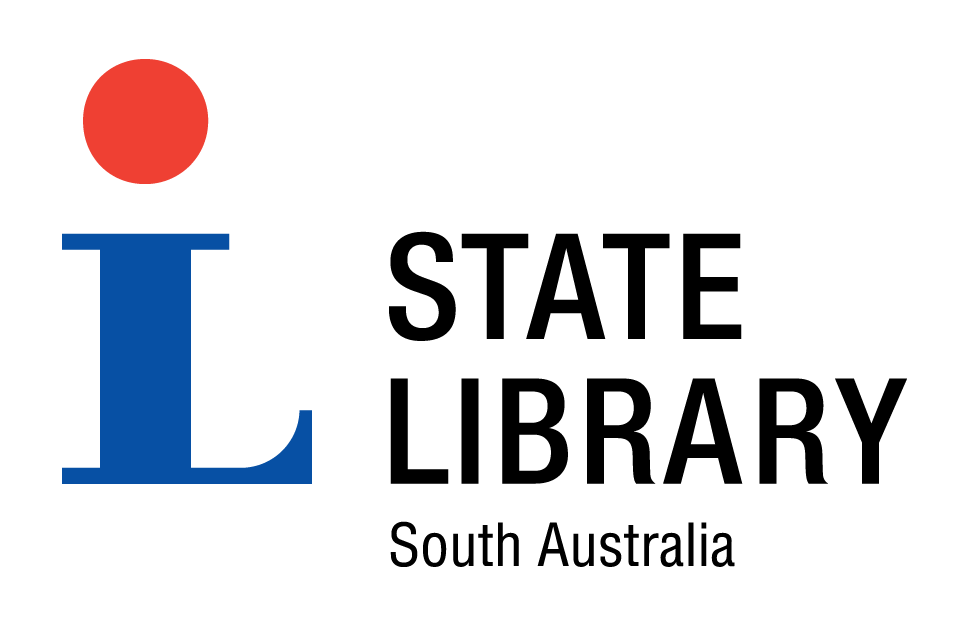
Bragg, William Henry 1862-1942

|
| View catalogue details |
Born: 2 July 1862 [Wigton, Cumberland, England]
Died: 12 March 1942 [London, England]
William Henry Bragg attended Cambridge University, primarily studying mathematics. In 1886 Bragg became Professor of Mathematics and Physics at the University of Adelaide. He became friendly with Charles Todd, South Australian government astronomer, postmaster-general and superintendent of telegraphs. Bragg married Gwen, Todd's daughter, and they had three children - William Lawrence (known as Lawrence) in 1890, Robert Charles in 1892 and Gwendoline Mary in 1907. Lawrence was later to join his father in scientific research and Robert was killed at Gallipoli in September 1914. In 1896, Bragg began experimenting with x-rays and successfully managed to photograph Lawrence's broken elbow. From 1904 Bragg investigated the nature of alpha particles by studying their penetration of gases. He eventually concluded that gamma-rays and x-rays were streams of particles rather than electromagnetic waves.
Bragg left Adelaide in 1909, returning to England with his family to take up the post of Cavendish Professor of Physics at the University of Leeds. In 1912 Max von Laue showed that x-rays were, in fact, waves and could be diffracted by crystals. Lawrence graduated from the University of Cambridge that same year and over the next few years father and son worked on their Nobel Prize winning experimentations using x-rays to determine the structure of crystals. They were jointly awarded the Nobel Prize for Physics in 1915. Also in 1915, Bragg left the University of Leeds to take up the position of Professor of Physics at University College, London.
During World War One Bragg was employed experimenting with the location and measurement of underwater sounds which was to be applied to the detection of enemy submarines. In 1923 he became Fullerian Professor of Chemistry at the Royal Institution, London, and began giving lectures for young people, wishing to inspire an interest in science often by relating scientific topics to everyday situations.
Bragg was knighted in 1920, awarded the Order of Merit in 1931 and elected President of the Royal Society in 1935. He died on 12 March 1942.
Key achievements
1886: Took up post as Professor of Mathematics and Physics at the University of Adelaide
March 1907: Elected a fellow of the Royal Society of London
1909: Became Cavendish Professor of Physics the University of Leeds
1915: Won Nobel Prize for physics; shared prize with his son Lawrence for their services in the analysis of crystal structure by means of x-rays
1915: Became Professor of Physics at University College, London
1916: Awarded the Royal Society of London's Rumford Medal for his research into x-ray radiation
1917: Made a Commander of the Order of the British Empire (CBE)
1920: Made a Knight Commander of the Order of the British Empire (KBE)
1923: Elected director of the Royal Institution, London and Fullerian Professor of Chemistry
1930: Won Copley Medal from the Royal Society of London for his contributions to crystallography and radioactivity; medal is the Society's highest award
1931: Awarded the Order of Merit (OM)
1935-40: President of the Royal Society of London
See also:
Further reading
Caroe, GM. William Henry Bragg 1862-1942: man and scientist, Cambridge; New York: Cambridge University Press, 1978
Grant, Sir Kerr. The life and work of Sir William Bragg, Brisbane: University of Queensland Press, 1952
Jenkin, John. The Bragg family in Adelaide: a pictorial celebration, [Adelaide]: University of Adelaide Foundation in conjunction with La Trobe University, c1986
Links
Australian Dictionary of Biography Online: Search for William Bragg
Nobel e-museum: Physics 1915: See William Bragg biography


